All About Asia’s Amazing Pandan Leaves
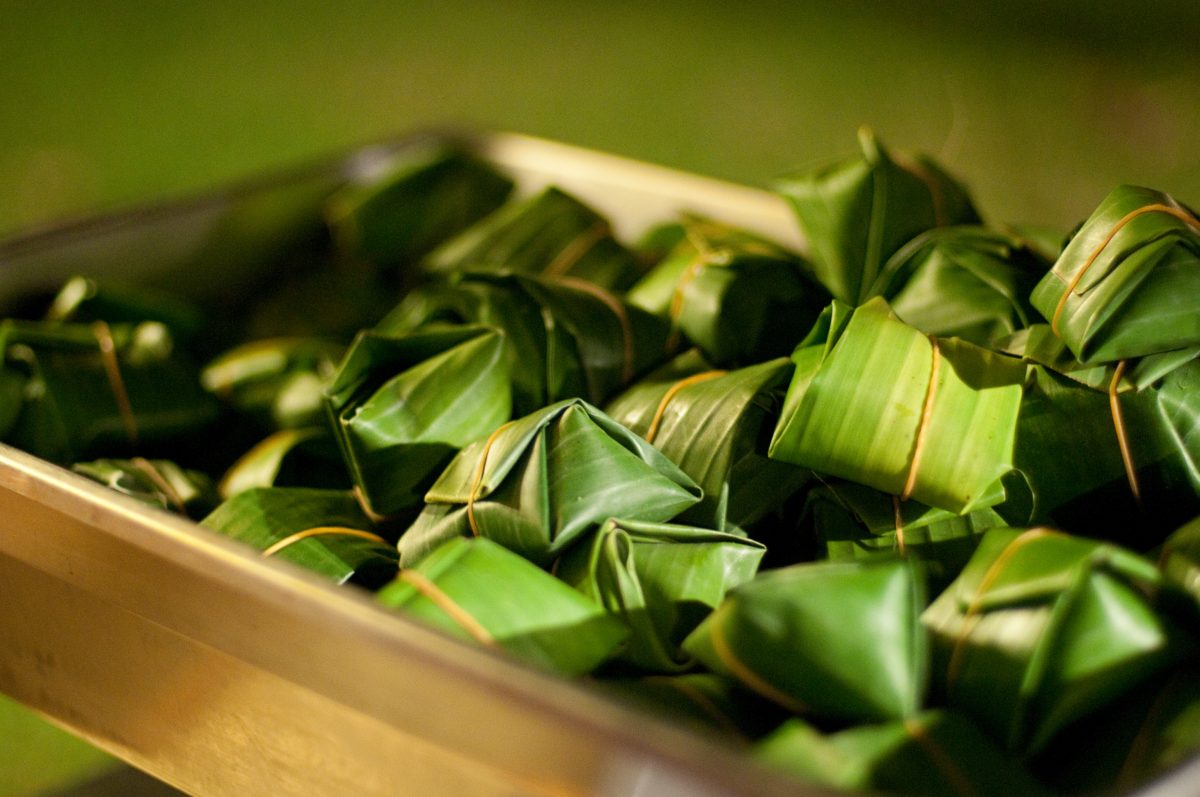
Ever wondered what that great aroma is when you are travelling around Asia? This feature is all about those fragrant Pandan leaves. Asians absolutely love Pandan leaves, do you know why?
Wait, What Is Pandan?
Let’s start with the basics. Pandan is a tropical plant widely used in South Asia and Southeast Asia. Its scientific name is Pandanus Amryllifolius, but almost no one calls it that way. Many names can refer to the Pandan leaves, depending on where you travel. It is known as “Rampé” in India and Sri Lanka, as “Pulao Pata” in Bangladesh and “Ran’baa” in the Maldives. In China, they call it “the fragrant plant” due to its unique sweet aroma.
Why Is Pandan So Important?
Pandan leaves are one of the pillars of Asian culture. They are one of the most used resources in all Asia. Their consumption is high, but what do people use them for? Let’s go through its main applications and find out why it is irreplaceable in the everyday lives of Asians.
1.
Cooking With Pandan
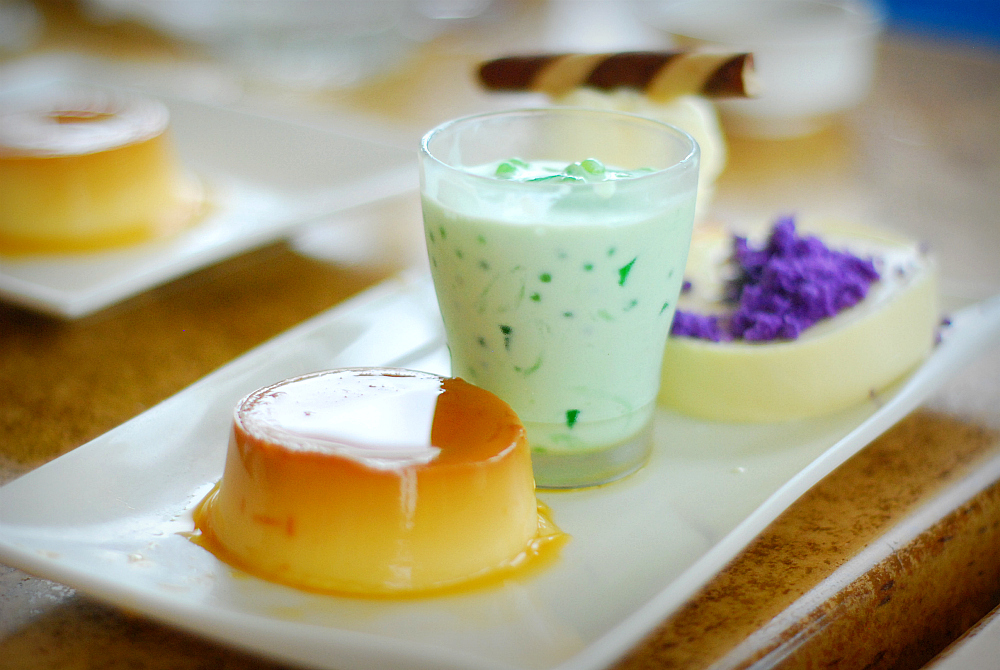
Photo by Punctuated on Flickr
Often called”the vanilla of Southeast Asian cuisine,” Pandan leaves are usually preferred to other spices by Thai cooks when adding flavor to their plates. The main reason for this comes down to be about its availability and its price. While in the local Thai market a bunch of Pandan leaves can be found for just under 60 cents, you will usually have to pay around 2 USD for a single pod of vanilla. But that was enough talking about mere money. Let’s take a look at some typical ways to embrace Pandan in the kitchen.
Sweet Rice
An old and famous tradition of Thai cuisine is to add a mild, sweet Pandan aroma to your rice. You do this by tieing a Pandan leaf into a knot and leaving it into the rice cooker. In this way, the sweet flavor will permeate into the rice, and you will get that delicious, unique taste.
Desserts
Not only for first plates, but these leaves are also used to make fantastic desserts that will make your day. Pandan leaves are usually made into a paste and mixed with the main dessert to deliver a refreshing and sweet flavor. Popular dishes that use this technique are kanom chun, kanom piak poon bay toey and kanom tom bay toey. Buko Pandan is also another popular Pandan dessert made using young coconut and pandan leaves in the Philippines.
Don’t Just Eat It, Drink It
Drinking Pandan water during a hot afternoon in Singapore is one of the most refreshing feelings you will ever get. Just take a bunch of fresh leaves and boil them in water. At this point, strain the drink and let it cool down for some hours. Bear always in mind that Pandan water is usually good to drink for a maximum of 3 days before it goes bad. Pandan juices and other cool Pandan drinks are also a favourite of frequent users.
2.
Wraps Food
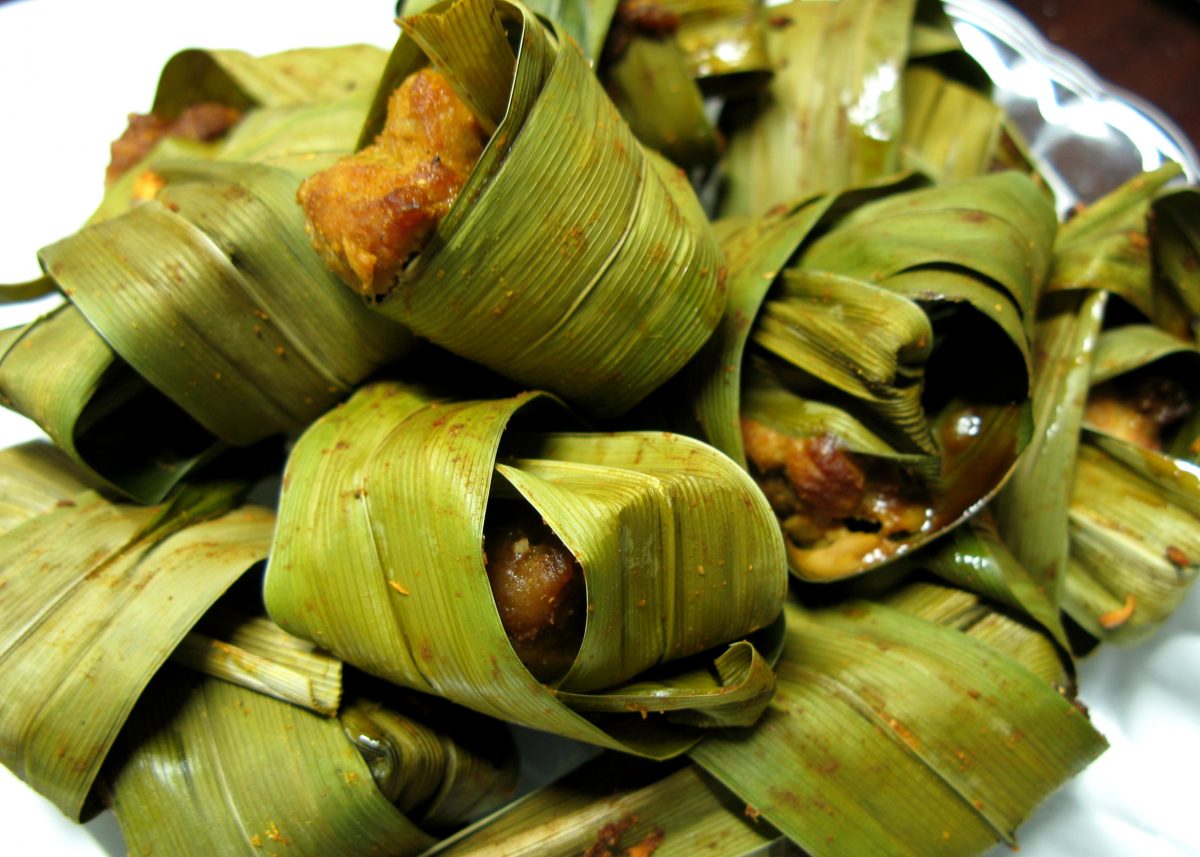
Photo by Punctuated on Flickr
Pandan leaves are perfect for wrapping food in an eco-friendly, waste-free way. The best example of this is gai kor bay: cooked chicken traditionally wrapped in Pandan leaves. Adding more to this, the wrapping not only retains the moisture of the dish, but it also adds a nice sweet note to it.
3.
Makes Air Fresh
Let’s get out of the kitchen for a minute. Pandan leaves make excellent air fresheners, hence Pandan leaves are often used to cover bad odors and “freshen” the air. Don’t be surprised if you find a bunch of leaves in the back of a Thai cab, they are just there to make your ride more enjoyable.
4.
Messages On Pandan
You read right: before Whatsapp, there were love letters, and before paper, there were Pandan leaves. Long ago, the most creative and skilled men used to fold leaves to shape them as flowers and propose to their loved ones.
Keeps Insects Away
This plant never stops to amaze me. Between its many characteristics, it has the ability to effectively keep roaches at a safe distance. This happens because these insects breathe through their skin, and the fragrance particles of the leaves tend to cover it, suffocating them.
So next time you rent yourself an apartment and find a bowl full of leaves in your kitchen don’t throw them away, they are there to help you.
6.
Health Benefits Of Pandan

Photo by Ciocci on Flickr
As we have seen, this plant has a lot of different application in the everyday life of an Asian. But this is not all, Pandan leaves also have tremendous health benefits. Let’s scroll through some of them.
Cures Fever
Pandan leaves have been taught to alleviate pain and lower body temperature. Traditional Thai medicine uses them to relax the patient, reduce his pain, and lower his fever.
Lowers Blood Pressure
The plant can be integrated into your daily diet to naturally lower your blood pressure, along with your stress levels.
Improves Neurological Health
Nerves are the way through which we communicate with our bodies. If you suffer from nerve weakness, Pandan leaves might help you to strengthen them.
Eases Constipation
Getting used to Thai cuisine can be difficult. If you find yourself having a hard time in the bathroom, a nice glass of Pandan water might help you to overcome your digestive imbalances.
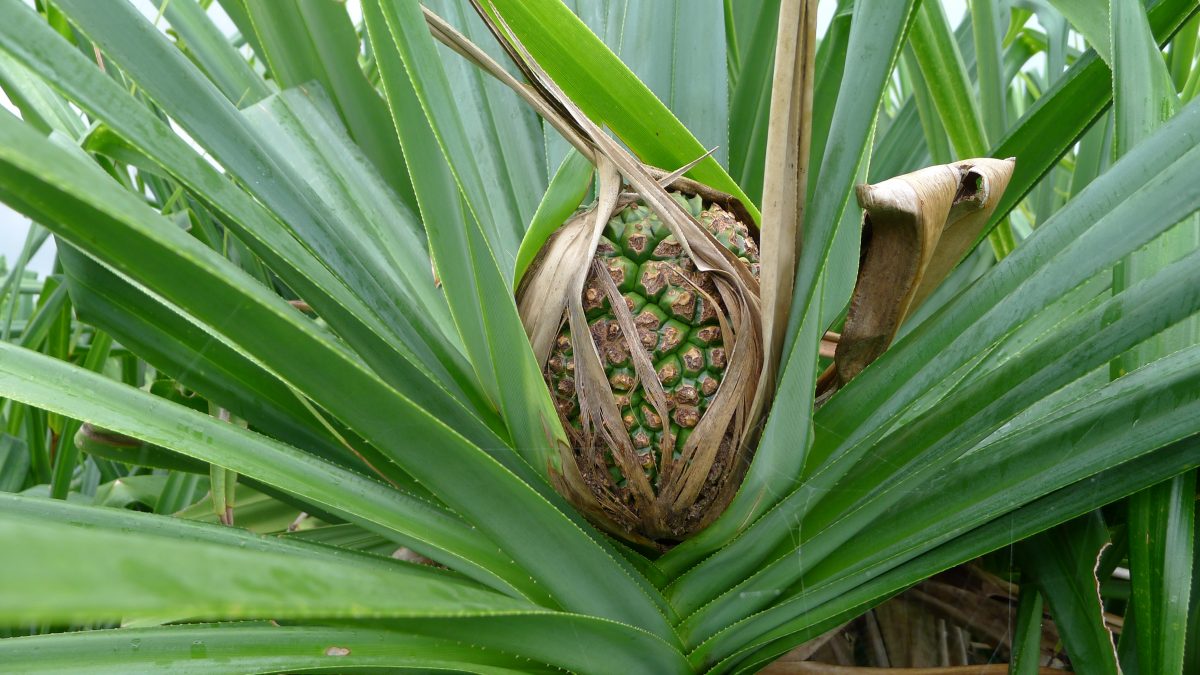
Photo by John Tann on Flickr
Treats Impotence
Widely known among married couples, these leaves might also improve your love life
Cures Joint Stiffness
This condition might take you off guard and slow down your holiday schedule. Pandan leaves can be used to not only alleviate the aches, but also to prevent it in the future.
Treats Skin Disease
Many skin conditions such as kadas, ringworm or panu can effectively be treated with leaf extract. The plant has anti-bacterial and anti-fungal properties, making it the perfect remedy for conditions caused by fungi or bacterias.
Where To Get Pandan
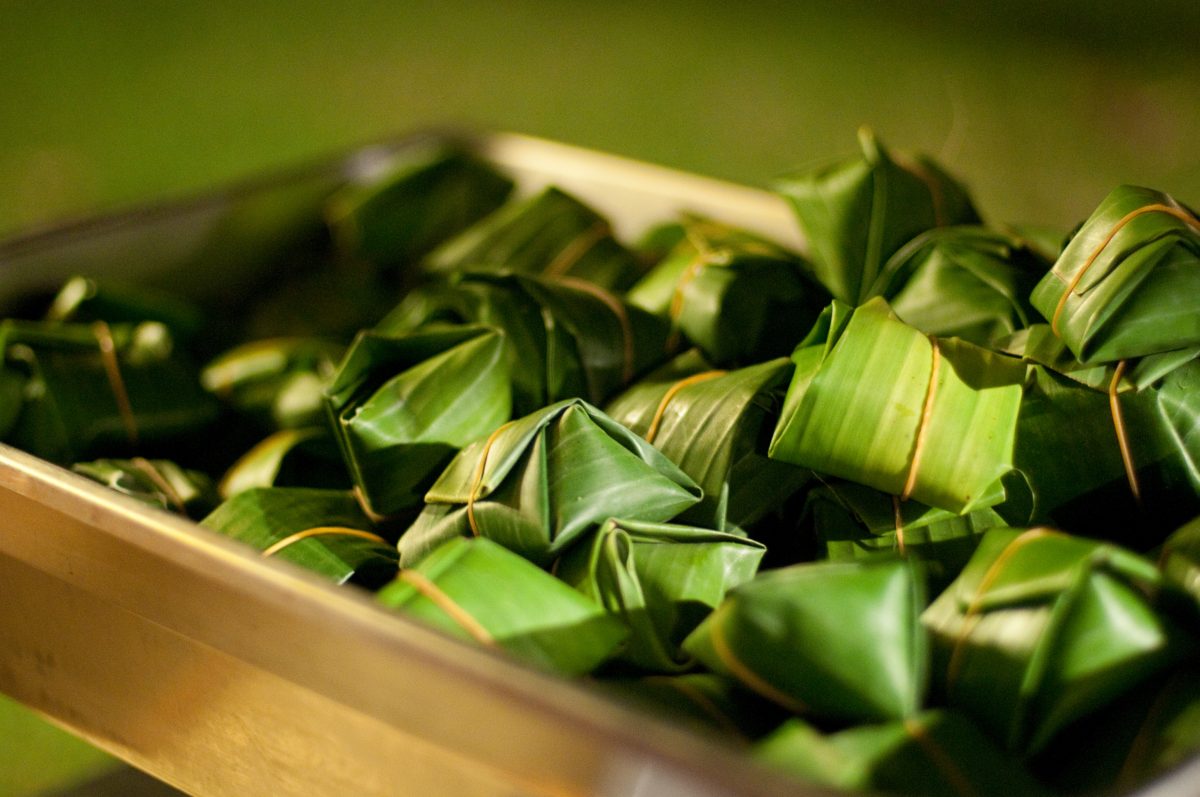
Photo by Ann P on Flickr
Pandan leaves are available all throughout the year. You can easily find them in any local Asian market. They are cheap, easy to use, and delicious.The next time you find yourself traveling to Thailand, Malaysia, or Singapore, don’t forget to get yourself a good dose of these precious leaves. Especially in Chiang Mai, Jakarta, Bali or Manilla.
Feel the aroma of these amazing leaves already? Enjoy your fix, this will linger on for a very long time. If you know more fun facts about the Pandan leaves, write to us and share all your secrets!

